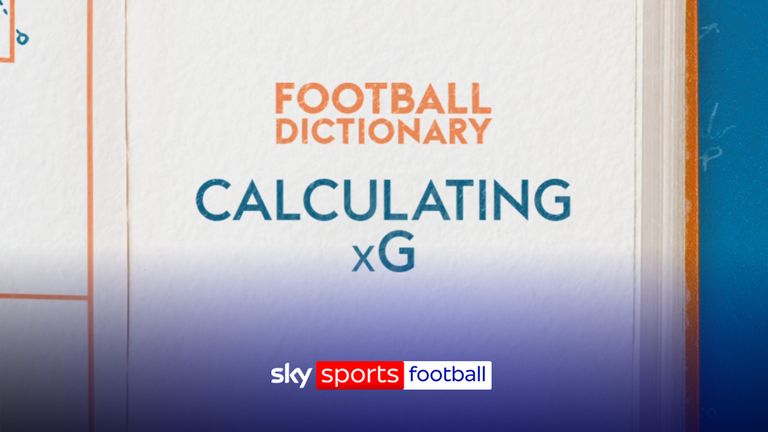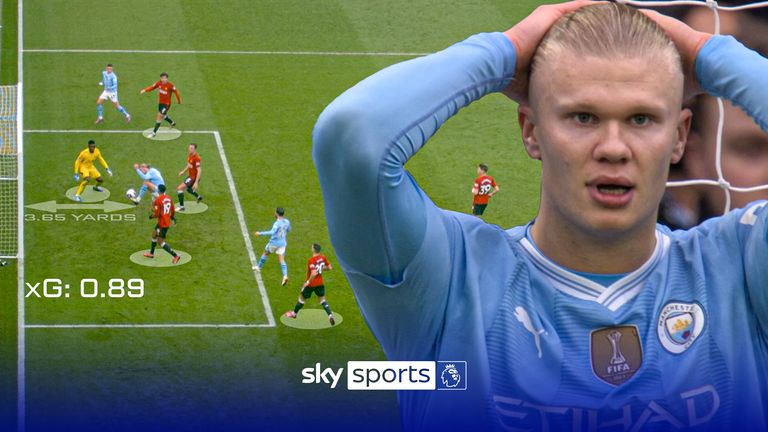There are new terms in modern football, such as 'false nine', 'inverted defenders', 'transitions' and 'counterpressing'. But what do they mean? Sky Sports has launched a new football dictionary to help you understand the language of modern coaches…

Sky Sports' Sam Blitz and Peter Smith explain everything you need to know about xG.
Football has changed. The 4-4-2 era is gone. Things have become much more complicated.
The game now features sixes, eights, false nines and inverted fullbacks. First-route balls are now called verticals and counter-attacks are known as transitions.
This has led to a completely new perception of football. For example, consider the words of Erik ten Hag, spoken in September 2023:

What does all this mean?
We've taken the time to create a new alternative football dictionary to help you understand what today's managers are talking about…
- Watch the Premier League and more on Sky with NOW
- Premier League Live Table
- Download the Sky Sports app
Expected goals (xG)

xG is everywhere these days, but do you know what it actually means? Watch this video to find out.
Expected goals (xG) measures the quality of a scoring opportunity by determining the likelihood that it will be scored from a particular position on the pitch during a given period of play.
xG is measured on a scale from zero to one, where zero means it is impossible to score and one indicates the likelihood that a player will score every time.
This value is determined based on several factors that existed before the kick was taken, such as the distance to the goal, the angle of the kick, or the part of the attacking player's body used in the kick.
The xG value of each shot in a match is added together to give an overall value for each game, showing how many goals a team should have scored.
There is also Expected Goals on Target , which only takes into account the quality of shots aimed towards the goal, as opposed to those off target, and Post Shot xG , which measures the quality of the shot after a player takes the shot.
Transition
You often hear managers say, “We did a great job with the transition today.” But what do they mean?
A turnover is when one team loses the ball and the other team gains it. It's pretty simple.
However, their importance lies in the fact that the team that loses the ball is disorganized, and their opponents have a few seconds to take advantage of this and create an even more difficult situation.
So if your team is more efficient when the opponent loses the ball, you have a better chance of scoring.
Overload
Pep Guardiola's dream. Simply put, overloads are about creating a numerical advantage over your opponent in a certain area of the pitch.
An overabundance of possession means that there are more attackers than defenders in a certain area of the pitch, while an underabundance means that there are more defenders than attackers in a given area.
The most basic and common case of a possession overload is when a shooting guard joins a winger to create pressure on the opposing defender. The defender can make an overlapping run or run under the basket to create space or become an additional option to isolate the opposing defender.
But there are other types of overloads, such as Cole Palmer moving from an attacking midfield position to the right flank, creating an overload on that flank along with the winger.
Sourse: skysports.com






